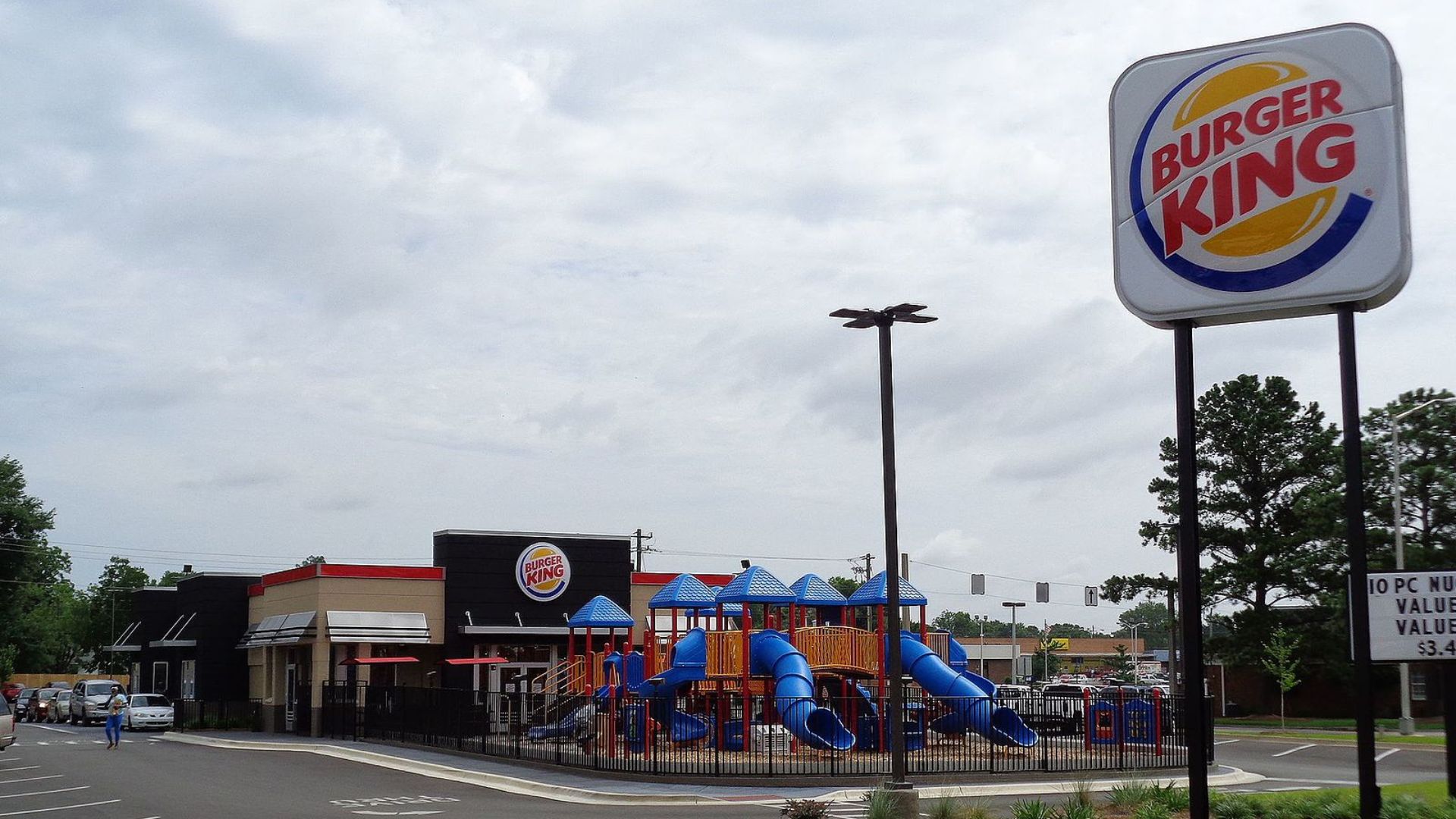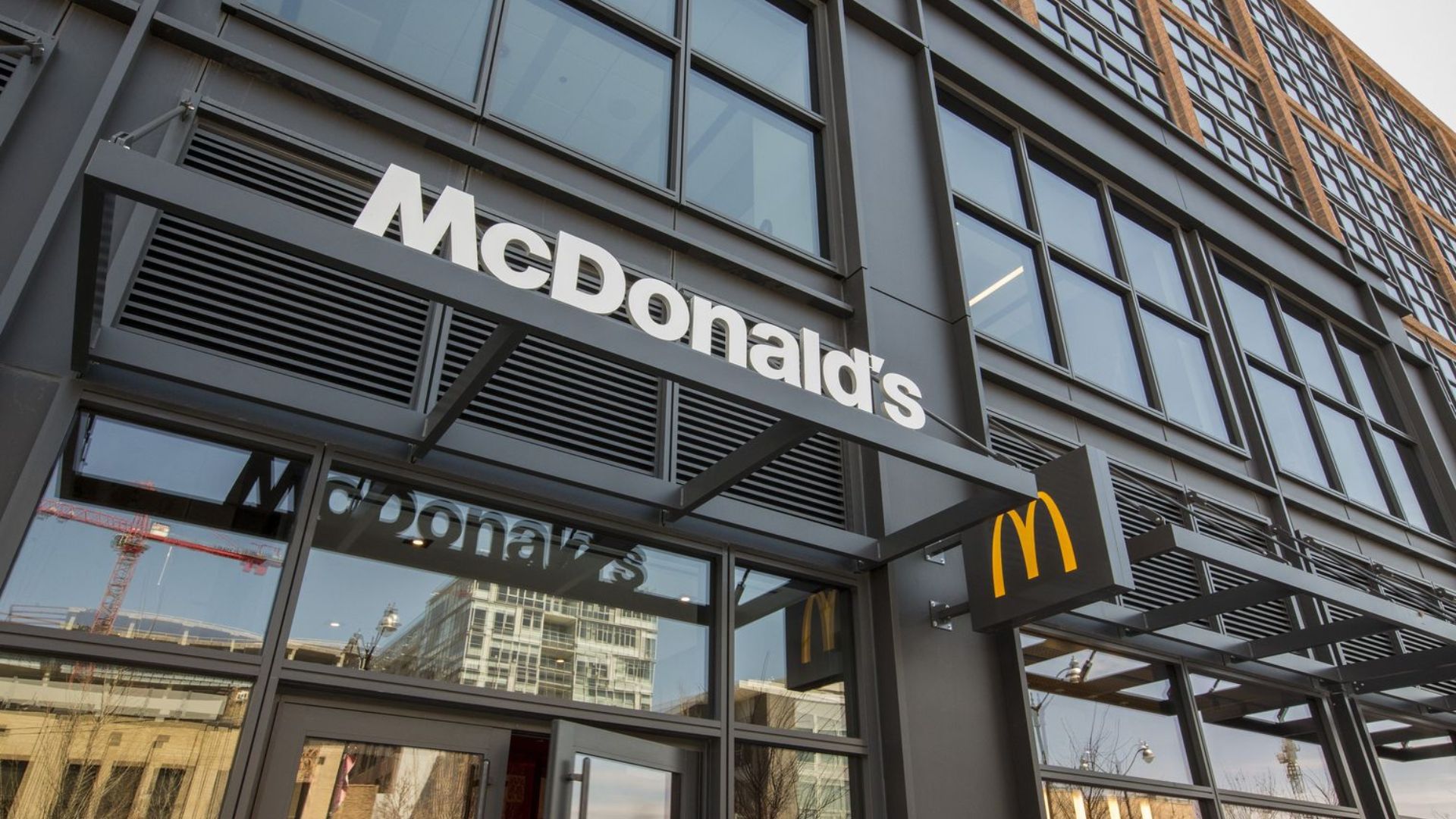McDonald’s CEO Chris Kempczinski reported on the impact of California’s minimum wage increase on labor costs across the country during the company’s earnings call.
He stated, “There is certainly labor inflation. Much of that is coming out of what happened in California,” linking the state’s policy changes directly to rising operational costs nationwide.
Projections of Labor Cost Increases

The CEO further projected that the company is bracing for “high single-digit labor inflation” across the United States. This expectation is largely attributed to the aftermath of the California minimum wage increase.
Kempczinski also remarked that other costs such as for paper and food have returned to historical norms, adding layers to the financial challenges.
Response to Rising Raw Material Costs

In reaction to increasing costs for eggs and other raw materials over the past year, McDonald’s has adjusted its pricing strategy.
Reuters reported that the company increased its prices by a mid to high single-digit percentage, aiming to balance the additional costs with maintaining customer traffic and profitability.
Implementation of AB 1228

With the enactment of AB 1228 on April 1, large fast-food chains operating in California are now required to pay their workers at least $20 per hour.
This legislative change affects all restaurants with 60 or more locations nationwide, excluding those that make and sell their own bread.
Establishment of the Fast Food Council

The new law also established the Fast Food Council, tasked with setting further standards for pay increases and working conditions. This council represents both workers and employers, aiming to facilitate fairer wages and improved working environments.
California Governor Gavin Newsom commented that the state is “one step closer to fairer wages, safer and healthier working conditions, and better training by giving hardworking fast-food workers a stronger voice and seat at the table.”
Business Reactions to Wage Increases

Following the wage increase, several fast-food outlets in California, including notable chains like Burger King and Chipotle, either closed some locations or raised their prices.
This strategy was adopted by many as a preemptive measure to mitigate potential financial impacts of the higher wage costs.
McDonald’s Pricing Strategy in California

Addressing pricing strategies, McDonald’s USA said to Fox News, “while pricing is set by individual franchisees and varies by restaurant, McDonald’s is competitive when it comes to affordability across the state.”
This statement reflects the brand’s effort to maintain competitiveness despite varying cost pressures.
Consumers Becoming More Cost-Conscious

According to Kempczinski, there is a noticeable shift in consumer behavior with people becoming “even more discriminating with every dollar that they spend.”
He emphasized that this trend is placing further pressure on the quick-service restaurant industry as consumers face elevated prices in their everyday spending.
Declining Traffic in U.S. Quick Service Restaurants

Kempczinski reported a range of flat to declining traffic in U.S. quick-service restaurants during the first quarter.
He attributed this trend to the difficult macroeconomic environment, underlining the growing importance of providing reliable, everyday value to customers.
Year-On-Year Growth Comparison

Despite economic headwinds, McDonald’s achieved a 2.5% growth in sales at U.S. stores that have been open for at least a year in the first quarter.
This growth, however, marks a significant decrease from the 12.6% growth reported in the same period the previous year.
McDonald’s Stock Performance Amid Market Changes

While the S&P 500 index experienced a 7% rise this year, McDonald’s shares have shown little change.
This stability in the company’s stock performance comes amidst fluctuating market conditions and the adjustments being made within the company to adapt to new economic realities.
Future Outlook and Adaptation Strategies

As McDonald’s continues to navigate the challenges posed by legislative changes and economic conditions, the company remains focused on adapting its strategies to manage cost inflations and meet the evolving expectations of its diverse customer base.
The aim is to sustain its market position by balancing cost management with value delivery.
